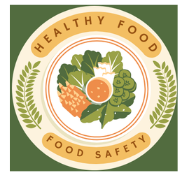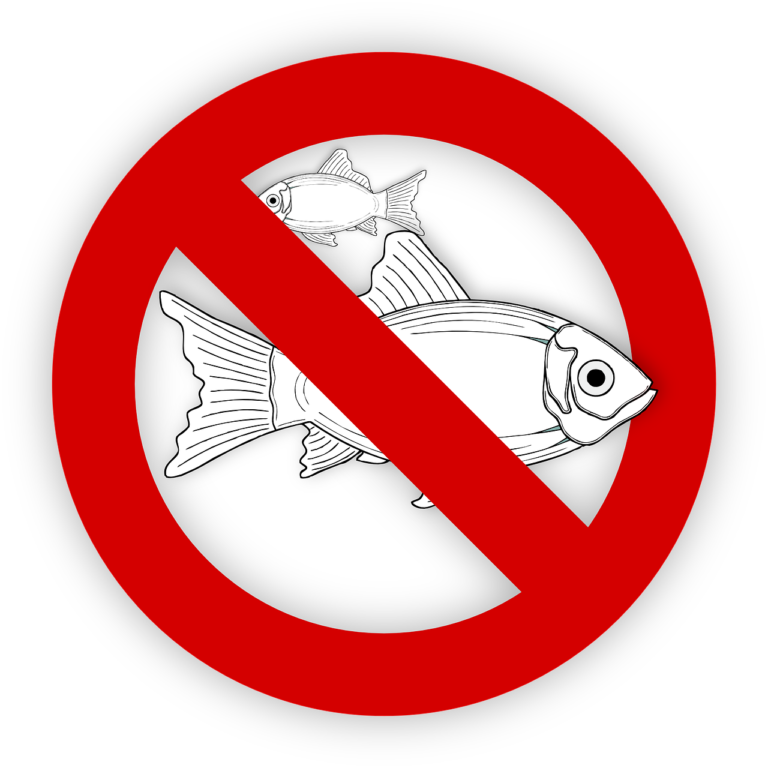Food Grade Liquid Nitrogen HACCP
Food Grade Nitrogen is used in food processing as a way to preserve the freshness and extend the shelf life of certain products. Nitrogen can be used as an inert gas to flush out oxygen, which can cause spoilage and discoloration in food.
Food grade Nitrogen can also be used as a coolant to freeze or chill food products. Food Grade Liquid Nitrogen gas is also used in Modified Atmosphere Packaging (MAP) to maintain the freshness of food product by replacing oxygen with Nitrogen. Quality of Liquid nitrogen as a concern and we will talk about food grade liquid nitrogen HACCP flow diagram and liquid nitrogen HACCP plan today.
A proper HACCP risk assessment must be conducted by every to ensue there is no physical, chemicals and biological hazards are there in the nitrogen processing. Basis on the HACCP risk assessment , actions needs to be defined in the Nitrogen HACCP plan. Before conducting HACCP risk assessment, ensure that HACCP Requirements for Food Manufacturing are well understood.

Food Grade Nitrogen Production:
Liquid nitrogen is produced through a process called cryogenic distillation, which involves separating nitrogen from the other gases present in air. Air is cooled to its liquid form, and the different components of air, like nitrogen, oxygen, and argon are separated by their different boiling points. Nitrogen has a boiling point of -196 degrees Celsius, while oxygen and argon have boiling points of -183 degrees Celsius and -186 degrees Celsius respectively. Nitrogen is the major component of liquid nitrogen and also contains trace amounts of other inert gases like neon, helium and argon. Liquid nitrogen is a colorless, odorless, and non-flammable gas, and it does not support combustion.
Liquid Nitrogen HACCP Plan:
In the context of HACCP, the use of nitrogen in food processing would be considered a critical control point and would need to be monitored and controlled to ensure the safety of the food products, Minimum purity of Nitrogen must be 99.9 % to be able to use in food products and oxygen should not exceed more than 10 ppm.
Food Grade Liquid Nitrogen Production Process:
The production of Nitrogen typically begins with the liquefaction of air by cooling it to temperatures of around -196°C. The liquid air is then passed through a series of distillation columns where the various components of air are separated according to their different boiling points. The Nitrogen fraction is then separated and collected.
In large scale production, it is common to use a process called Air Separation Unit (ASU) that separates Nitrogen and Oxygen from air. The process involves compressing air to high pressures and then cooling it to a low temperature. The compressed and cooled air is then fed into a distillation column. The Nitrogen and Oxygen is separated by their different boiling points.
The Nitrogen produced is then stored in a liquid state and transported to the customer where it is vaporized and used for various applications such as food preservation, industrial processing and many more.
Another method of Nitrogen production is the use of Nitrogen-producing plants that rely on the separation of Nitrogen from the atmosphere using a process called Pressure Swing Adsorption (PSA). PSA plants use adsorbent materials like zeolites or activated carbon to adsorb the Nitrogen and other gases present in the air, separating them according to their molecular size. The Nitrogen is then released by reducing the pressure, and collected.
Another method is known as Membrane Separation, which is based on the principle of selectively permeable membrane. The compressed air is passed through a membrane, Nitrogen molecules are transported through the membrane and the Oxygen, water vapor and other impurities are blocked and removed from the Nitrogen stream.
It is also worth mentioning that Nitrogen can also be produced from other sources such as ammonia (NH3) by using methods like low-temperature or high-pressure methods.
In any case, the process flow of Nitrogen production can be quite complex, involving several stages of compression, cooling, distillation, adsorption, and purification, depending on the specific method used.
As a result, the Nitrogen production process flow diagram would be quite detailed, and it would include all the equipment and instrumentation used, as well as the different stages and operations involved in the process.




